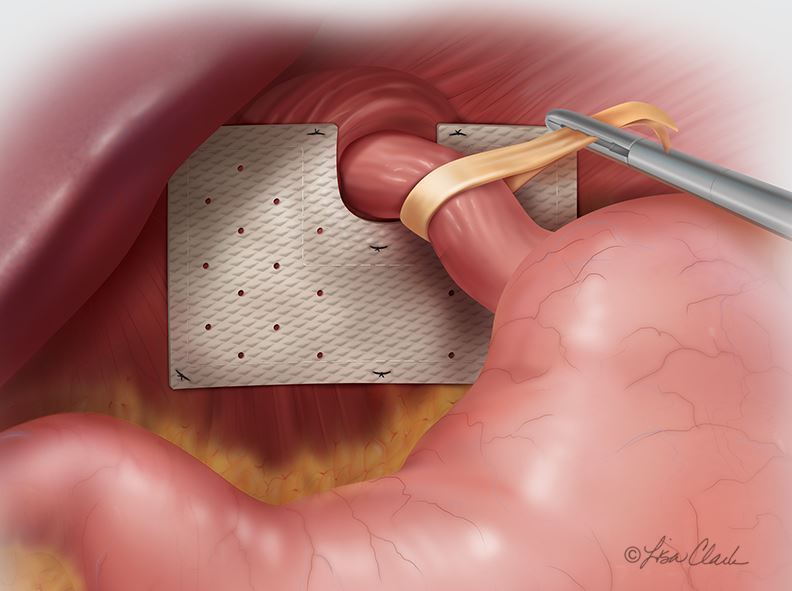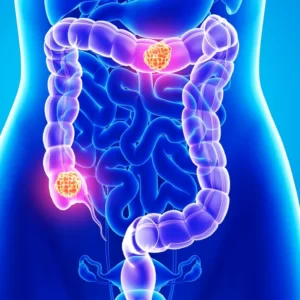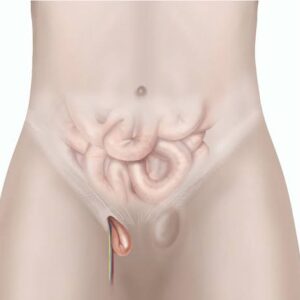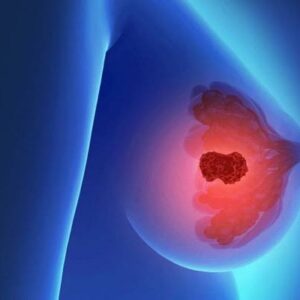Laparoscopic Hiatus Hernia Repair
Price range: ₹800.00 through ₹1,600.00
Learn Laparoscopic hiatus hernia repair through our scientifically proven stepwise program. You can acquire this skill anywhere, anytime, without quitting your job and daily life.
Please read the Requirements and Commitments of each level before making a purchase. Ensure you meet the eligibility criteria to receive the product/service.
Description
Laparoscopic hiatus hernia repair is a minimally invasive surgical procedure used to treat hiatus hernias, a condition where a portion of the stomach pushes upward into the chest through the diaphragm’s opening called the esophageal hiatus. This procedure has become increasingly important in modern surgical practice for several reasons:
Procedure Overview: During laparoscopic hiatus hernia repair, small incisions are made in the abdomen through which a laparoscope (a thin, flexible tube with a camera) and specialized surgical instruments are inserted. The surgeon uses these instruments to reposition the stomach back into its normal position below the diaphragm and to repair the hiatal opening. This is often done by creating sutures or using mesh to reinforce the diaphragmatic hiatus and prevent further herniation.
Importance for Today’s Surgeons:
- Minimally Invasive Approach: Laparoscopic techniques offer significant benefits compared to traditional open surgery. Surgeons can operate through small incisions, resulting in less postoperative pain, shorter hospital stays, and quicker recovery times for patients.
- Reduced Complications: Laparoscopic repair is associated with lower rates of complications such as infection, wound healing problems, and incisional hernias compared to open surgery.
- Improved Patient Outcomes: Patients undergoing laparoscopic hiatus hernia repair generally experience improved quality of life due to reduced pain and a quicker return to their normal activities.
- Less Invasive for Geriatric Patients: As the population ages, many patients with hiatus hernias are elderly. Laparoscopic surgery is often a preferred choice for these patients because it minimizes the physiological stress of surgery.
- Enhanced Visualization: The laparoscope provides surgeons with high-definition, magnified views of the surgical site, allowing for precise and meticulous repair of the hernia.
- Technological Advancements: Ongoing advancements in laparoscopic tools and techniques, including robotic-assisted surgery, continue to improve the precision and outcomes of hiatus hernia repairPatient Demand: Patients increasingly seek minimally invasive surgical options, and surgeons proficient in laparoscopic techniques are better equipped to meet this demand.
- Multidisciplinary Approach: Laparoscopic hiatus hernia repair often involves collaboration with gastroenterologists, radiologists, and anesthesiologists, fostering a multidisciplinary approach to patient care.In conclusion, learning laparoscopic hiatus hernia repair is essential for today’s surgeons as it offers improved patient outcomes, reduced complications, and aligns with the growing trend toward minimally invasive surgical approaches. This skill enhances a surgeon’s versatility and ability to provide effective treatment options to patients with hiatus hernias, contributing to the advancement of modern surgical practice.
Additional information
| Levels | Level-1, Level-2, Level-3 |
|---|
General Inquiries
There are no inquiries yet.







